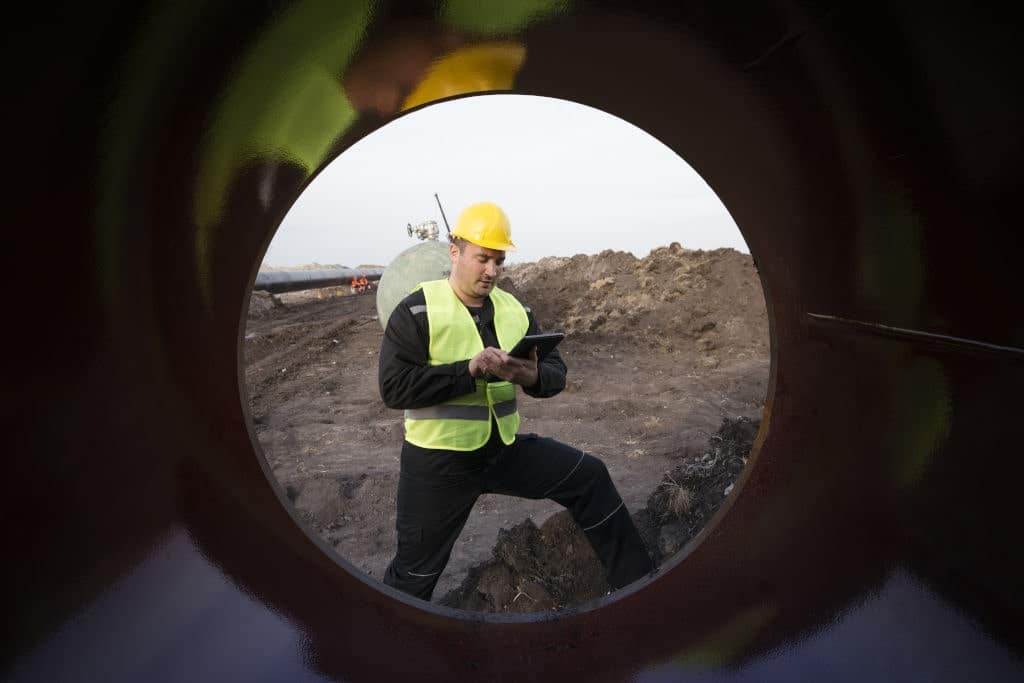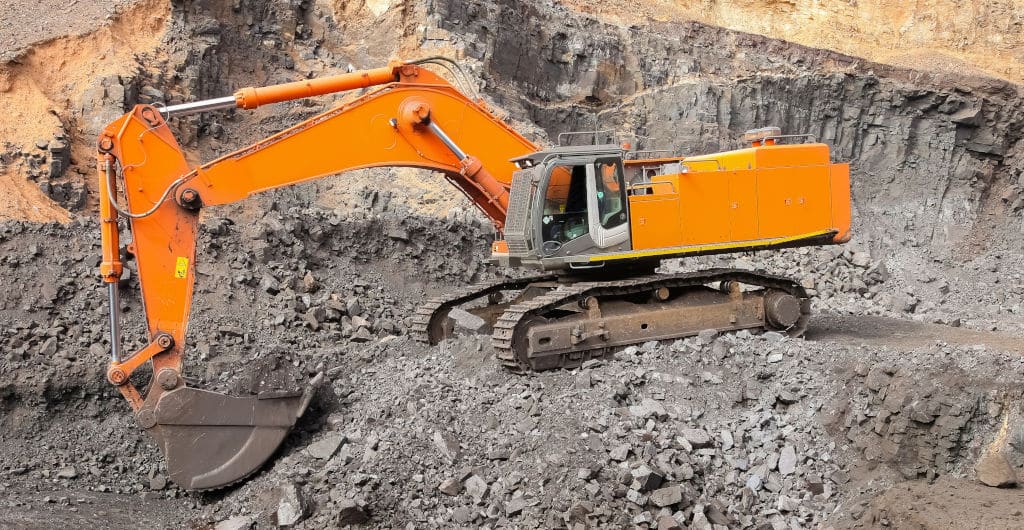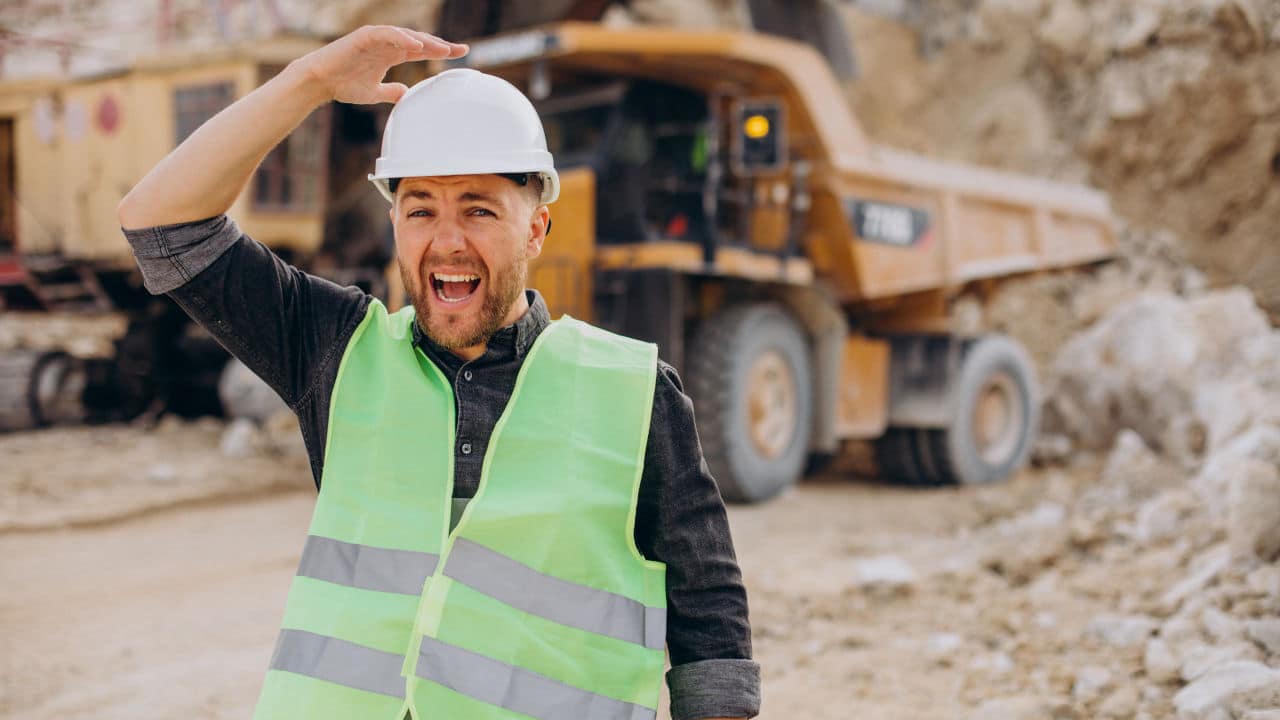Many building projects require trenching and excavation work. Nobody likes to be sent to the trenches on a building job. They are hot and cramped, making for a difficult day at work. Some workers even factor in the possibility of a trench collapse. This is because construction trenches are exceedingly dangerous. They sometimes result in significant injuries or the wrongful death of construction employees assigned to work the tracks.
Even though the Occupational Safety and Health Administration provides guidelines and regulations guiding the proper digging of trenches and all the protective measures that must be in place, many employers still flaunt these rules blatantly, leading to injuries and fatalities at work.
A good example is a 2021 trench collapse incident investigated by the US Department of Labor. An employer deployed two workers to a trench, where they initially narrowly escaped getting hurt by a partial collapse. The workers dug the trench in preparation for installing a residential wastewater line.
After sending the workers there a second time, another collapse occurred, causing fatal injuries to one worker and severe, debilitating injuries to the other. The investigation by the team found that the employers failed to have a trench protective system in place and exposed workers to cave-in hazards. In addition, it was discovered that he failed to inspect the excavation and exposed workers to the dangers of being struck by materials and equipment.
This daunting case shows that many trench collapses occur due to negligence and failure to follow OSHA’s guidelines.
Should a trench collapse occur, causing harm or, in terrible situations, death, trench collapse animation may be used to reenact the destruction and the contributing cause of the incident. With this, it would be easy to prove liability and ensure the faulty party is held responsible for its action.
Furthermore, a trench collapse animation would also help the victim recover compensation to cover present medical bills, future management bills, as well as pain and suffering.

What Are the Causes of Trench Collapse?
Trench collapse can be hazardous, burying workers in a matter of seconds. Soil can weigh more than 3,000 pounds per cubic yard. This is similar to being buried under a compact automobile. Imagine how bad the situation can turn out in just a few seconds. Some people even get buried under the weight of the sand for hours, suffering brain injuries from suffocation.
According to an OSHA study, trench and excavation mortality is 112% greater than general construction deaths.
Here are some of the causes of trench collapse:
- Lack of Adequate Protection Systems
Generally speaking, a vertical wall of dirt is unstable. When the soil conditions are ideal, the wall might initially stand up. However, disruptions like vibration or changes in the soil’s moisture content might make the wall fall down. Systems of suitable protection are necessary to guarantee worker safety.
One method is to slope the excavation so that the sides of the hole open outward. Benching, a technique that incorporates steps into the slopes, allows for a more narrow trench.
Sloping and benching are inappropriate in some circumstances. An engineer must approve the slope plan, for instance, if the trenches are deep.
The workers must erect supporting walls or boxes to prevent cave-ins. This is necessary if the construction plan forbids sloping or benching and a narrow trench is required. The contractors should always secure the vertical walls of the trench with metal or wood.
The employees must also correctly install the required reinforcement, or the safety precautions might not be adequate.
A case in point is that of a plumber buried seven feet deep in an unprotected trench, as reported by the New York State Department of Health. The rescue team was able to retrieve him four hours after the collapse was discovered. However, it was too late at the time. He was buried under asphalt, rocks, and sand and found dead.
- Vibrations
When digging a trench and operating inside it, workers also need to consider the vibrations present on the site. On a building site, vibration levels can rise significantly. This can easily destabilize the soil in the trench, causing cave-ins.
This is why it is advised to know the type of soil present at the site. One will be able to know if it caves easily or it is more robust and not readily susceptible to vibration. Workers should also keep vehicles with pulses not needed at the location away.
- Negligently placed machinery
Any pressure applied to the trench’s vertical walls could result in a cave-in and potential victims. Workers should be careful about what they leave at the edge of the track. Heavy equipment is frequently left at the border, pushing the earth downward. Additionally, when placed close to the edge, the spoil bank—the soil that is dug out of the trench—can fuel a trench collapse.
- Failure to inspect daily
Because the stability of the trench is easily affected by changes in the weather or other circumstances from day to day, a certified individual must regularly inspect the trench for safety. The inspection from the previous day is not enough for another day.
A case in point is the case of a 23-year-old man injured in a trench collapse while working on a sewer project. Even though the bystanders who rescued him administered CPR before they took him to the hospital, he passed shortly after.
Some of the violations highlighted during the investigation were lack of cave-in protection, failure to provide training for workers to recognize job site hazards, not providing a safe exit from the trench, no trench inspection by a competent person, and failure to remove employees from the threat.

Using Trench Collapse Animation In A Trench Collapse Incident
After a trench collapse accident, OSHA usually deploys investigators to identify the cause of the incident and the violations that were in place when the incident occurred. With the help of trench collapse animation, it is possible to bring the case to life.
A collapse usually happens within a few seconds, and the cause may be difficult to catch for most people, even passers-by. This is why visualizing the accident while employing one of the essential tools of courtroom animation, slow motion, is necessary.
With this feature, the collapse can be visualized slowly, highlighting the violations in place when it occurred.
Additionally, trench collapse animation essentially proves the liable party by showcasing the problems with the trench site and the person in charge of fixing such issues or ensuring the problems weren’t there in the first place.
Imagine that the consistency of the sand at the time of the investigation was also a factor. In that case, a quick view and identification of the soil type could be visualized by the animation. They can further show extraneous factors that arose with time, such as rain filling up the trenches, causing the sand to be more susceptible to collapse. The animator can also show what difference could have been made if an expert had carried out an inspection.
Trench collapse accidents cause injuries such as broken bones, lost limbs, traumatic brain injuries, brain damage from suffocation, exposure to dangerous gasses, and sometimes wrongful death. Hence, using a trench collapse animation will help the victim access justice and receive compensation commensurate with the injury suffered
Conclusion
Fox-AE is an engineering studio dedicated to promoting justice by providing legal animation services, including trench collapse animation. Our team of experts is experienced and versed in accurately creating evidence for the plaintiff and the defense. We can also help with our apt attention to detail and help recover heavy settlements that will cover all expenses caused by the injury and the pain and suffering.





